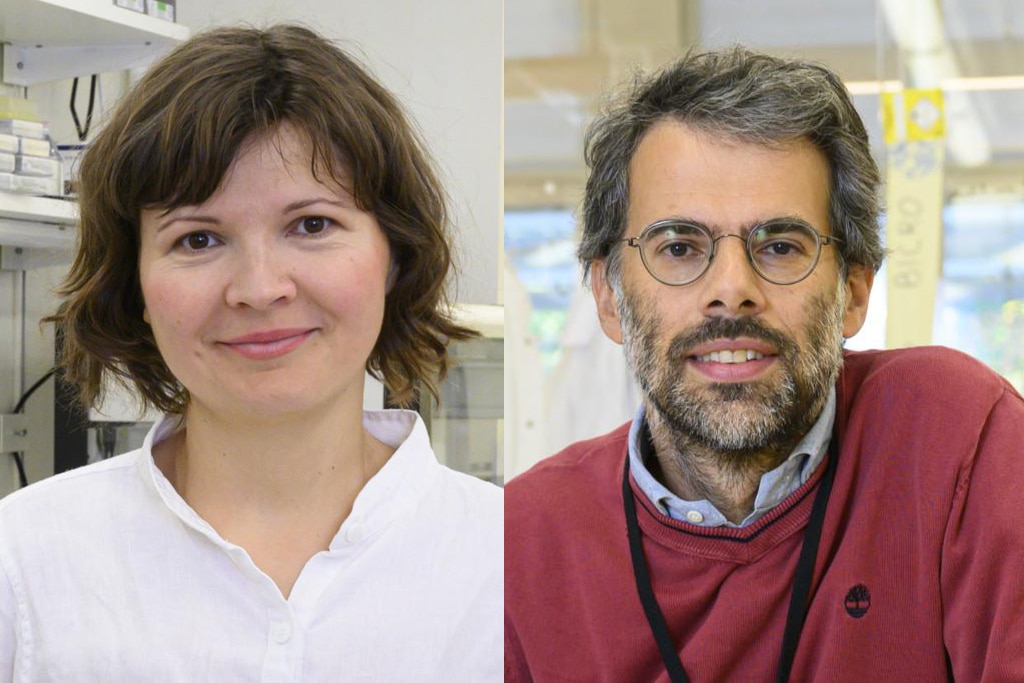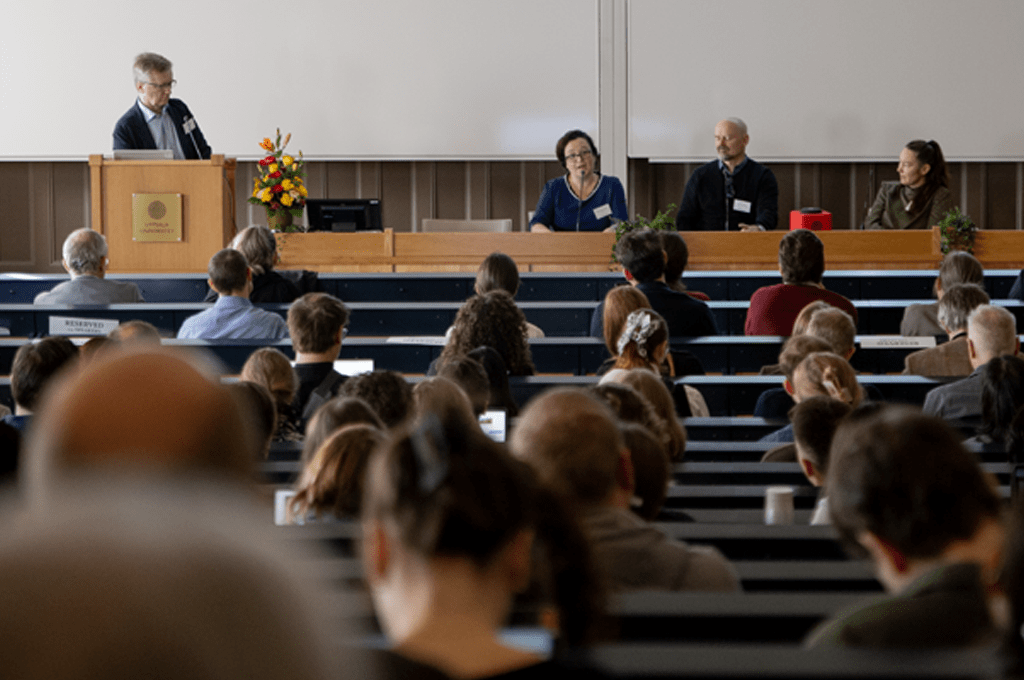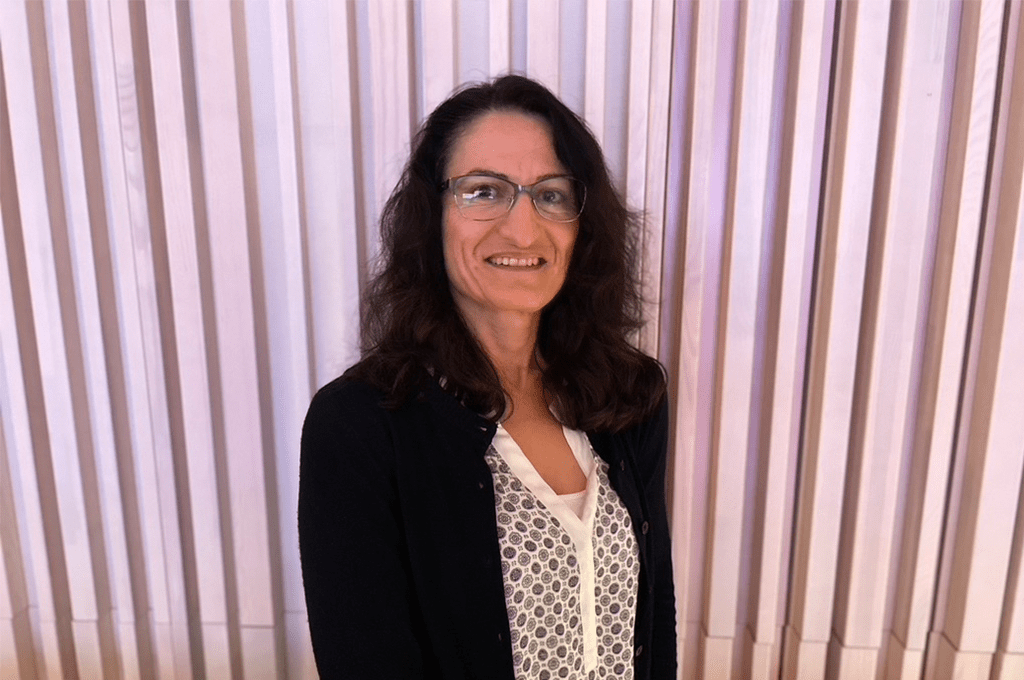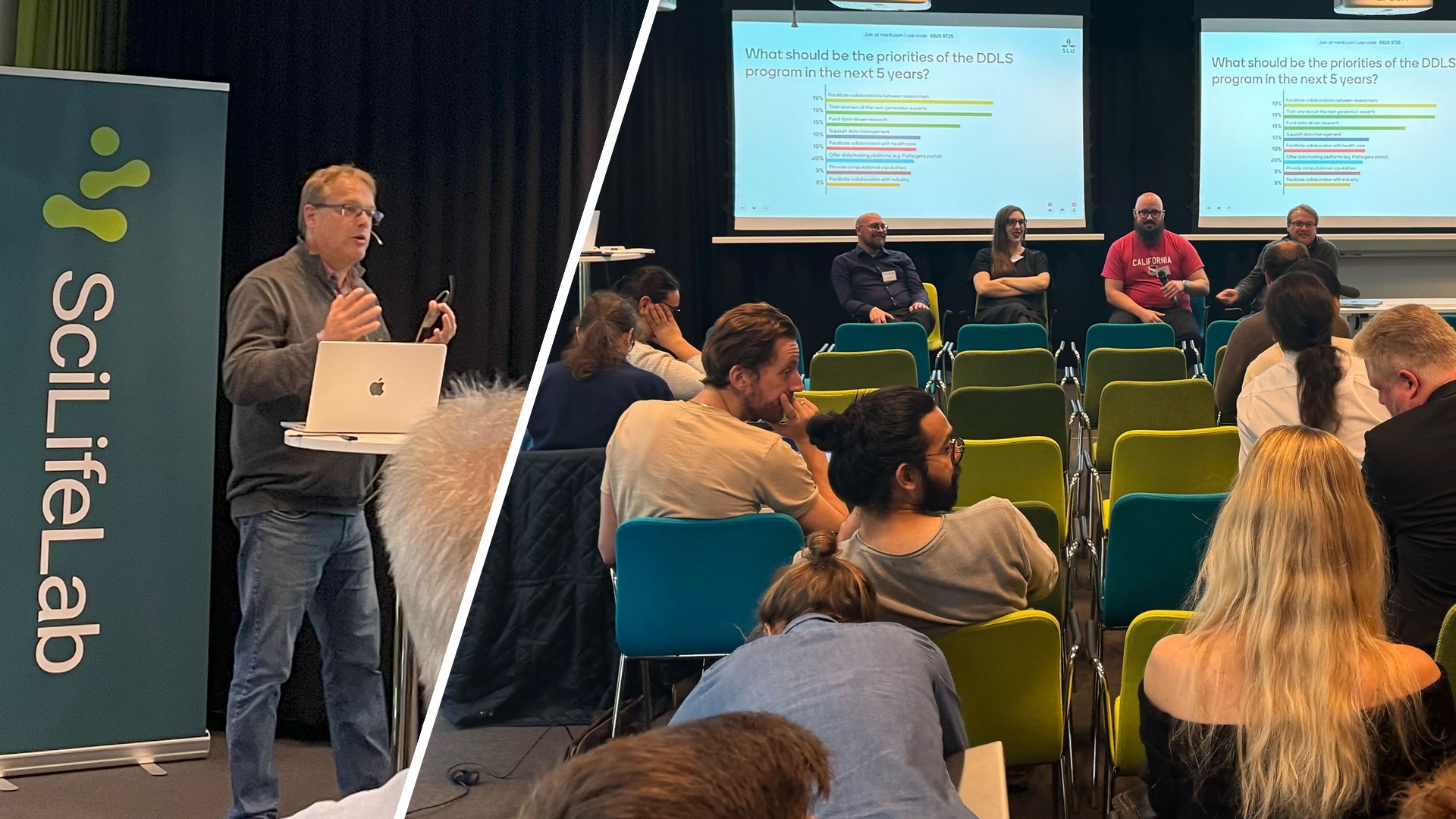New method exposes DNA weak spots in the nucleus
Researchers led by SciLifeLab Fellow Magda Bienko (Karolinska Institutet) and Nicola Crosetto (SciLifeLab/Karolinska Institutet) have developed a new sequencing method that makes it possible to spatially map how DNA is organized in the nucleus. This makes it possible to reveal which regions are at a higher risk of mutations and DNA damage.
Most cells in the human body contain DNA which is divided into 46 large pieces – the chromosomes – which occupy discrete regions of the cell nucleus known as chromosome territories, which is turn constitute our genome.
How the genome is spatially arranged in the nucleus strongly affects how it is being read by the cell’s transcriptional apparatus. However, the spatial arrangement of individual genes in the 3D space of the nucleus has remained largely unexplored.
In a new study, led by SciLifeLab Fellow Magda Bienko (KI) and Nicola Crosetto (SciLifeLab/KI) and published in Nature Biotechnology, researchers have developed a new method called Genomic Loci Positioning by Sequencing or GPSeq. The new method is capable of obtaining high-resolution spatial maps of the DNA organization inside the cell nucleus.
In GPSeq, DNA is gradually cut from the periphery towards the center of the nucleus and DNA regions around every cut are being sequenced. Mathematical algorithms can then reconstruct the genome 3D structure by mapping genes and inter-genic regions across the entire nucleus.
“We found that the spatial distribution of different types of chromatin (composed of DNA, RNA and protein complexes) often differed from what we expected to find. To our surprise, we found that the picture is not as simple as having all the inactive chromatin sitting at the nuclear periphery and the active chromatin amassed in the centre. Instead, there is a continuum, a gradient of increasing activity from the nuclear periphery towards the interior, even though the inactive chromatin can be found in the very centre of the nucleus as well”, says Magda Bienko, in a press release from Karolinska Institutet.
Nicola Crosetto explains the importance of knowing where different genomic regions are located inside the nucleus when searching for areas where the DNA is most vulnerable to mutations and damage.
“We discovered that the DNA mutations that are often encountered in different cancer types are enriched in the inactive chromatin located at the nuclear periphery, which might have to do with the fact that many mutagens originate from outside the cell,” he says. “On the other hand, DNA breaks and gene fusions are much more likely to be found in the nuclear centre, which might be due to the high levels of transcription that we find in the centre.”





